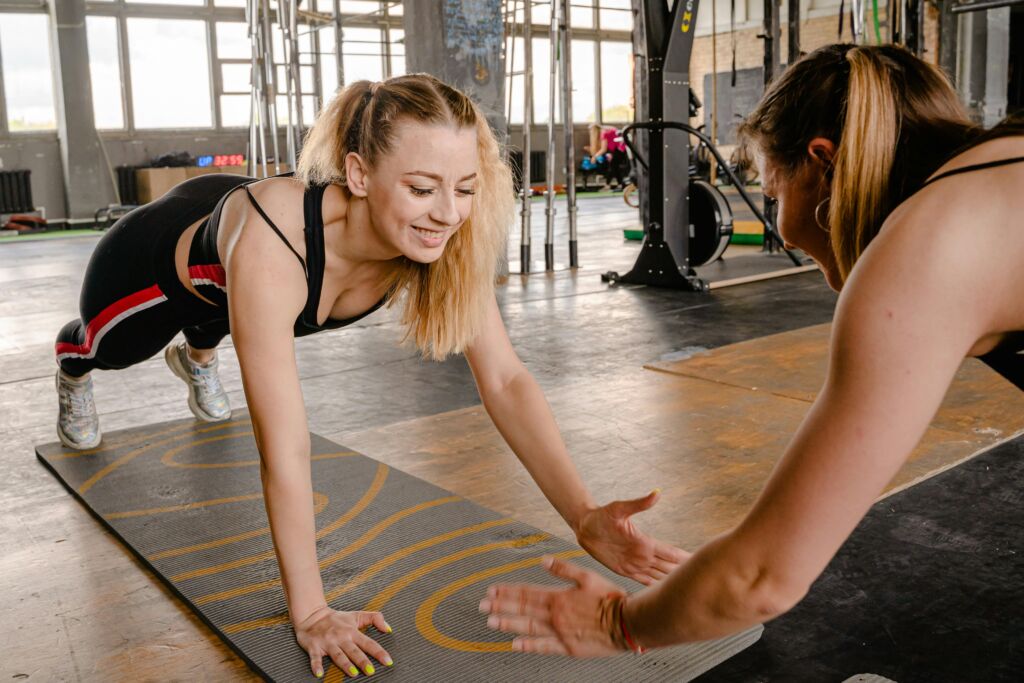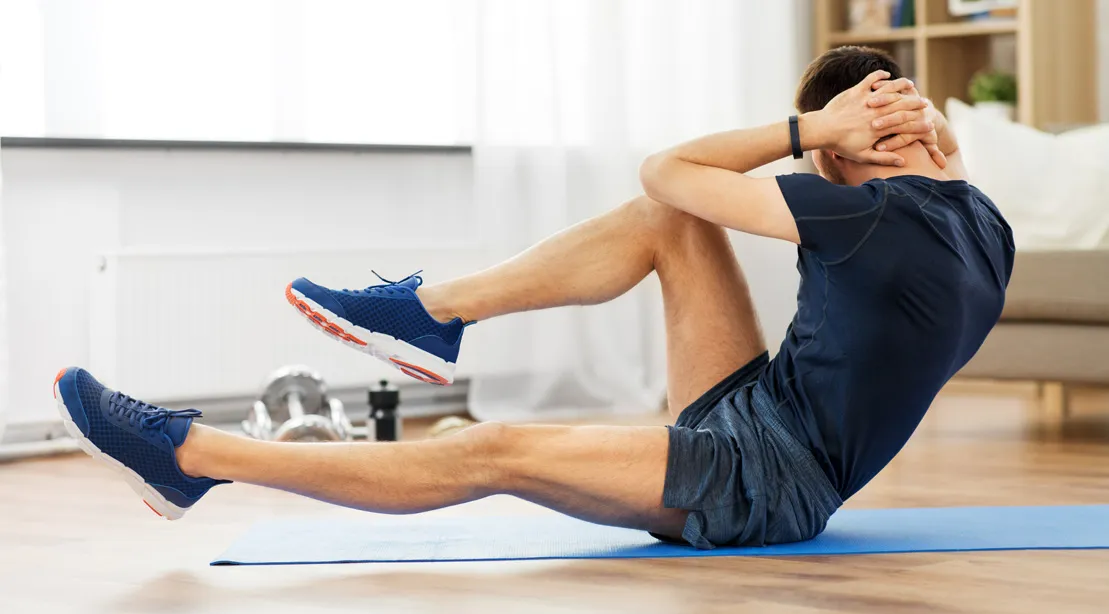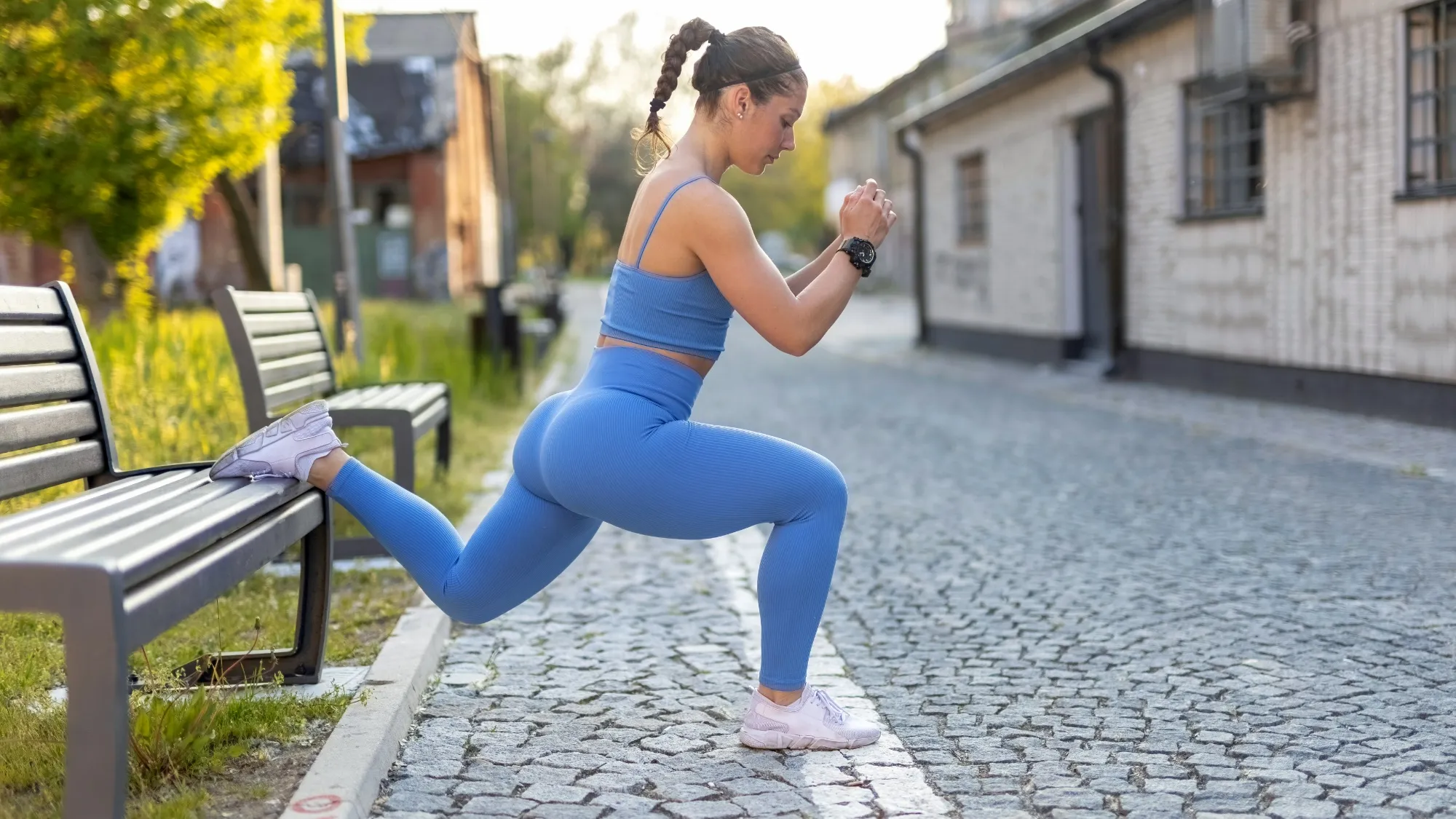Core Strength Fitness –
Are you looking to improve your overall Core Strength fitness level ? You are not alone! Many people are seeking ways to strengthen and tone their core muscles for several reasons, such as improving posture, preventing injuries, and enhancing sports performance. In this comprehensive guide, we will discuss the importance of core strength and share some effective exercises for all fitness levels.
Firstly, let us define what we mean by “core.” The core refers to the muscles in your stomach, back, and pelvis that work together to support your spine and pelvis, allowing you to move, balance, and maintain proper posture. These muscles include the rectus abdominis (six-pack muscles), obliques, transversus abdominis, and erector spinae.
Why Core Strength fitness is Essential
Strong core muscles can improve your balance and stability, reduce the risk of back pain and injury, and enhance athletic performance. A strong core also helps you maintain good posture, which can prevent strain on your neck, shoulders, and lower back. Here are some key benefits:
- Improved Posture ( core strength fitness): A strong core supports your spine and helps you stand and sit upright, reducing the risk of developing poor posture habits.
- Enhanced Stability( core strength fitness): Core strength fitness enhances your balance and stability, which is crucial for everyday activities and athletic movements.
- Injury Prevention ( core strength fitness): A strong core can reduce the likelihood of injuries by supporting your spine and reducing strain on other muscles.
- Better Athletic Performance ( core strength fitness): Core strength is essential for powerful and efficient movements in sports, from running and jumping to lifting and throwing.
Effective Core Strengthening Exercises
1. Plank
Starting Position: Get into a push-up position, with your hands directly under your shoulders and your body straight from head to heels.
Engage Your Core: Pull your belly button in towards your spine. Hold: Maintain this position for 30 seconds to start, then gradually work your way up to a minute or longer. Tips:
- Keep your body in a straight line.
- Avoid letting your hips sag or rise.

2. Russian Twist
Starting Position: Sit on the floor with your knees bent and feet flat on the ground.
Lean Back: Lean back to a 45-degree angle and extend your arms in front of you, palms touching. Twist: Twist your torso to the right, bringing your hands towards your right hip. Return to the starting position and then twist to the left.
Repetitions: Continue alternating sides for 10-15 repetitions. Tips:
- Keep your back straight.
- For added difficulty, hold a weight or medicine ball.
3. Bicycle Crunch
Starting Position: Lie on your back with your hands behind your head and legs lifted, knees bent at 90 degrees.
Crunch: Bring your right elbow towards your left knee while straightening your right leg. Switch Sides: Alternate sides in a pedaling motion for 15-20 repetitions.
Tips:
- Keep your lower back pressed into the floor.
- Move slowly and with control.
4. Leg Raise
Starting Position: Lie on your back with your legs straight and arms at your sides.
Lift Legs: Raise your legs towards the ceiling, keeping them straight.
Lower Legs: Slowly lower your legs back down without letting them touch the floor. Repetitions: Perform 10-15 repetitions.
Tips:
- Engage your core throughout the movement.
- Avoid arching your lower back.
5. Bird Dog
Starting Position: Start on your hands and knees, with your hands directly under your shoulders and knees under your hips.
Extend: Extend your right arm forward and left leg back, keeping them in line with your body.
Hold: Hold for a few seconds, then return to the starting position and switch sides. Repetitions: Perform 10-12 repetitions on each side.
Tips:
- Keep your back flat.
- Avoid letting your hips rotate.
6. Mountain Climbers
Starting Position: Start in a plank position with your hands under your shoulders and body in a straight line.
Alternate Knees: Bring one knee towards your chest, then quickly switch legs in a running motion.
Repetitions: Continue for 30-60 seconds.
Tips:
- Keep your core engaged.
- Maintain a steady pace.
7. Side Plank
Starting Position: Lie on your side with your legs straight and one forearm directly under your shoulder.
Lift Hips: Lift your hips off the ground, creating a straight line from head to heels.
Hold: Maintain this position for 30 seconds, then switch sides.
Tips:
- Keep your body in a straight line.
- Avoid letting your hips drop.
8. Reverse Crunch
Starting Position: Lie on your back with your legs lifted and knees bent at 90 degrees.
Lift Hips: Use your lower abdominal muscles to lift your hips off the ground and towards your chest.
Lower Hips: Slowly lower your hips back to the starting position.
Repetitions: Perform 10-15 repetitions.
Tips:
- Avoid using momentum.
- Focus on engaging your lower abdominal muscles.
Tips for Core Training Success
Listen to Your Body
Always listen to your body and adjust the intensity according to your fitness level. Overtraining can lead to injury, so it is important to progress gradually and give your muscles time to recover. If you feel pain or discomfort during any exercise, stop immediately and consult a fitness professional if necessary.
Rest and Recovery
It is also important to have rest days in between core strength fitness workouts to allow your muscles to recover and grow. Muscle recovery is essential for gaining strength and preventing overuse injuries. Ensure you get adequate sleep, stay hydrated, and consider incorporating techniques like foam rolling or massage to aid recovery.
Nutrition
Nutrition plays a crucial role in achieving your fitness goals. Fuel your body with a balanced diet rich in protein, healthy fats, and carbohydrates to support muscle growth and recovery. Consider consulting with a nutritionist to create a meal plan that aligns with your fitness objectives.
Consistency is Key
Consistency is key to seeing results. Stick to your workout routine, adjust as needed, and stay committed to your goals. Tracking your progress can also help keep you motivated and focused.
Mix It Up
To prevent boredom and plateauing, mix up your exercises and routines. Try different variations of each exercise, incorporate new movements, and challenge yourself with different weights and intensities.
Conclusion
Strengthening your core is essential for overall fitness and can be achieved through a combination of full-body movements and targeted exercises. Incorporate these exercises into your fitness routine and enjoy the benefits of a strong and stable core. Whether you are a beginner or more advanced, there is a core exercise for you. Consistency, proper technique, and listening to your body are key to making progress and avoiding injuries. So, start incorporating these exercises into your routine today and watch your core strength and stability improve!



